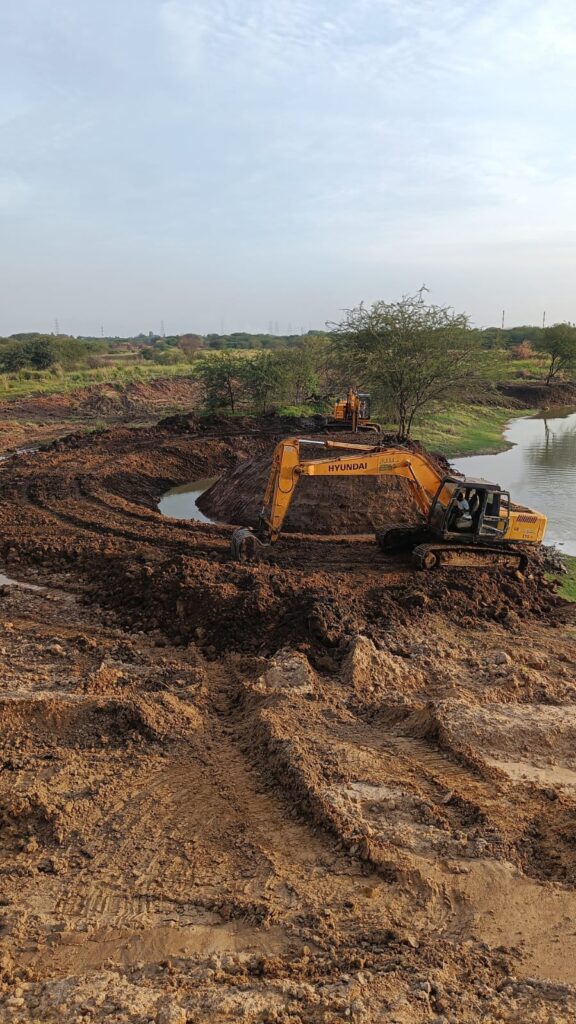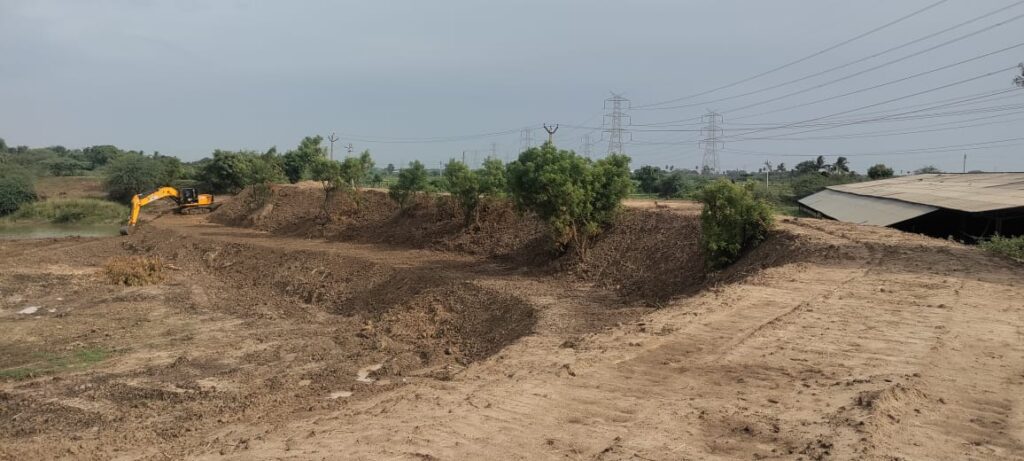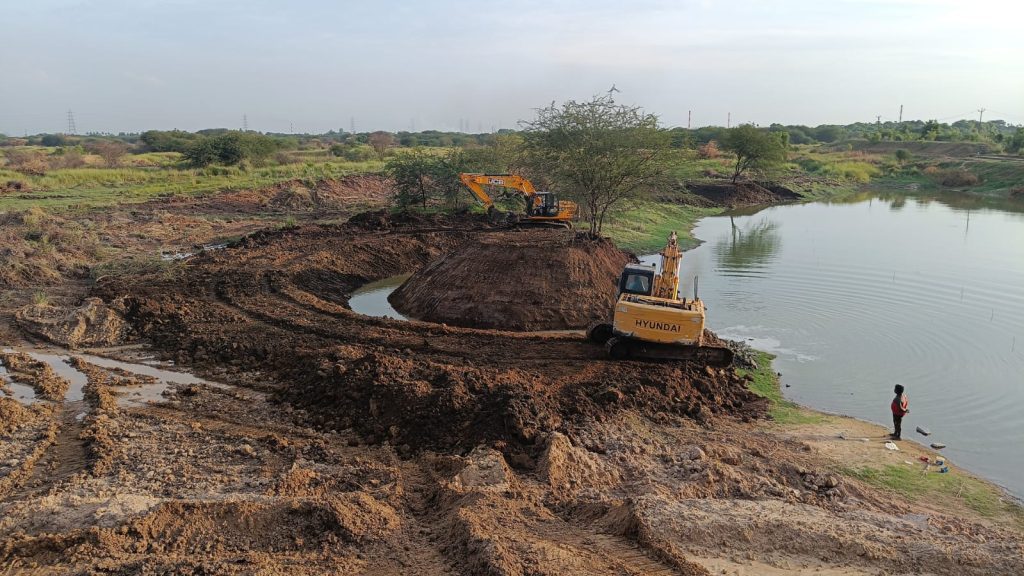In this era of geotagging, Tamil Nadu’s Tiruvallur district is also not lagging behind, and right now it is busy in geotagging its waterbodies. This is being done to manage and conserve the waterbodies and the Water Resource Department has already started work in the various lakes and ponds dotting the district.
In an exclusive interview with Indian Masterminds, District Collector of Tiruvallur, Dr. Alby John Varghese, IAS, shared details about the initiative.
IDENTIFYING WATERBODIES
Mr. Varghese said that identifying waterbodies is the first step of conservation of waterbodies in the district. They have already identified 25 waterbodies which are to be de-centered this year. Tiruvallur has 75 big waterbodies. Out of this, conservation work has started in 15 and in another 15, the administration has identified corporations and organizations to adopt them and do the restoration. Further, another 45 waterbodies will soon go under the restoration process.
“This is the subset of the entire exercise. We are rejuvenating and restoring all the waterbodies in the district. In the first stage, we have identified 75 waterbodies and we are restoring them this year itself. This is in addition to 100 new waterbodies which we are creating this year as part of Azadi Ka Amrit Mahotsav,” Mr. John said.

GEOTAGGING THEM
Other than that, a basic step of this conservation of waterbodies is to geotag them. Through geotagging the waterbodies, the department is marking them, identifying encroachments, and identifying their length, breadth and depth. Simultaneously, they are also identifying the flora and fauna which are associated with the waterbodies.
CONSTANT MONITORING
In the areas where the department is rejuvenating waterbodies, it is also creating a group of interested individuals who are interested in doing regular checks on the process. “Otherwise, in Tamil Nadu, there is a Water User Association for bigger lakes which are used for irrigation purposes. So, we are empowering such agencies. For those lakes where Water User Association is not connected, we are trying to find some new organization to monitor the restoration work,” Mr. Varghese told Indian Masterminds.
CREATING CHANNELS
The department is also working on creating channels between the waterbodies so that the excess water from one waterbody can feed the next lake, and so on and so forth. Mr. Varghese informed that this is, ideally, the irrigation system of Tamil Nadu. Therefore, they are rejuvenating those channels. Many of them were encroached upon, so the department is surveying and identifying them and making sure that water is coming to the waterbody and going to the next feeder lake as well.

“Basically, it is like a chain of tanks. Out of these 500+ waterbodies, we have identified 50 waterbodies till now. Even when we had extremely torrential rains last year, these tanks were not even 50% filled up. So, now we need to work on the channels so that water comes to the lakes,” Mr. Varghese said.
Work is being done speedily in various lakes of the district. About 50% of conservation work has been done in the Pandeswaram lake which is spread over 200 acres. While work is in progress to enhance water retention capacity and regulatory framework of inlets and outlets connecting the waterbodies.

































